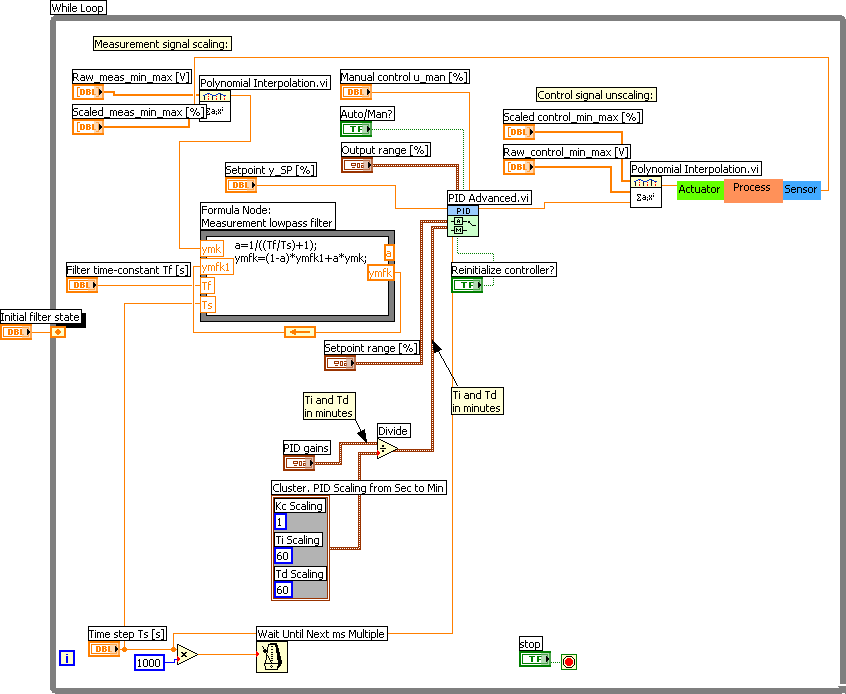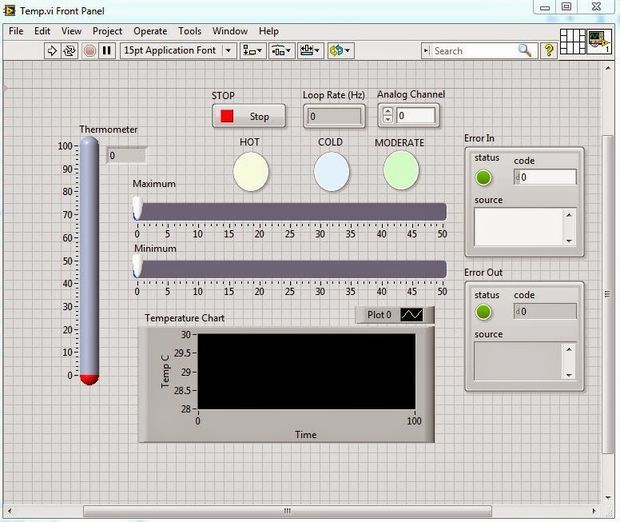

When the set point is reached, the thermostat turns off the heater. If the actual temperature is lower than the set point, the thermostat turns on the heater. The difference between the set point and the process variable is the error. The thermostat measures the actual temperature in the room (the process variable) and compares it to the set point. The desired temperature (set point) is set on the thermostat.


In this strategy, the control action is based on the output of the system.Ĭonsider the example of a home thermostat controlling a heating system. Feedback Controlįeedback control is the most common type of control system. Feedback, feedforward, and cascade control are three primary types of control strategies used in process control systems.


 0 kommentar(er)
0 kommentar(er)
